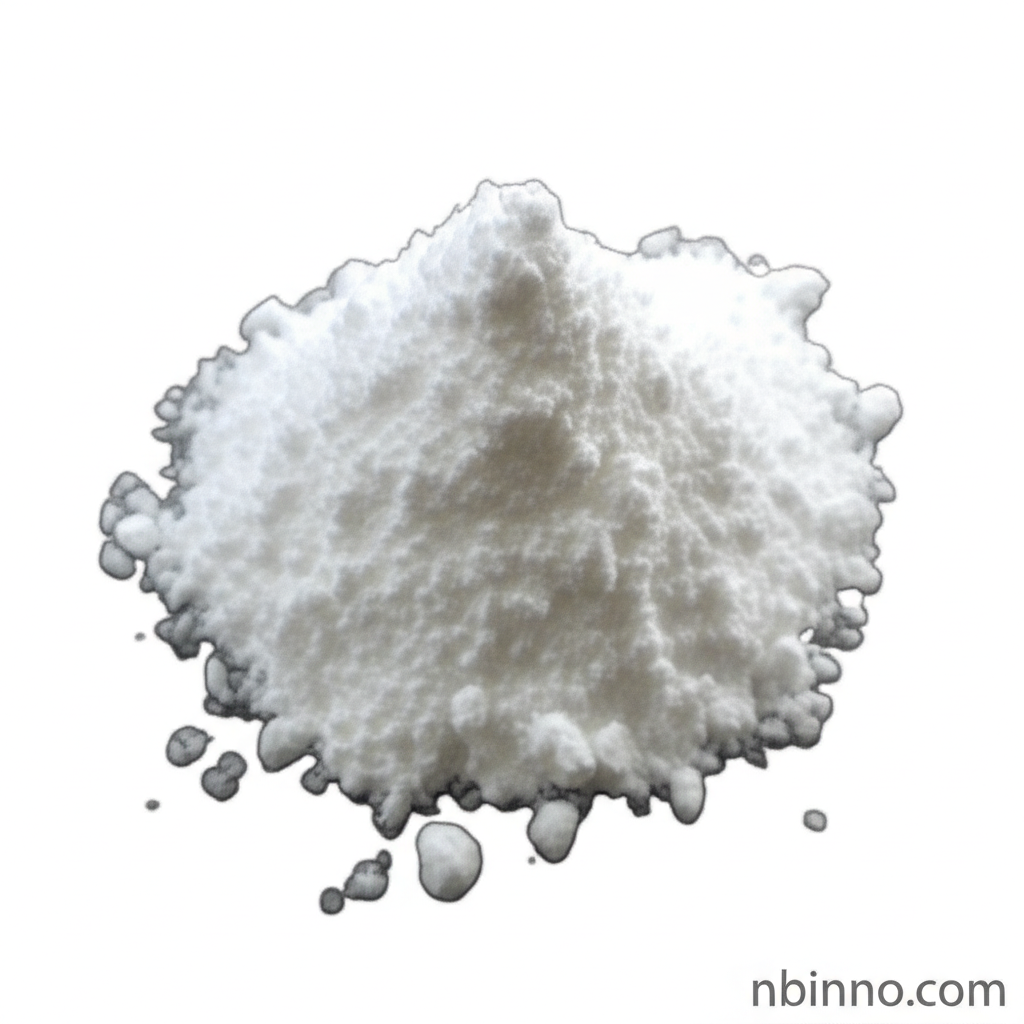Innovative Photoinitiator for Advanced Material Science
Unlock superior polymerization with our high-purity imidazole derivative, a key to next-generation applications.
Get a Quote & SampleProduct Core Value

2-(2-Chlorophenyl)-4,5-diphenylimidazole
This advanced imidazole derivative serves as a crucial photoinitiator, essential for various UV-curing and polymerization processes. Its high purity and chemical structure enable efficient radical generation upon UV exposure, making it a versatile component in material science and chemical synthesis.
- Discover the efficiency of 2-(2-chlorophenyl)-4,5-diphenylimidazole photoinitiator in accelerating UV-initiated polymerization processes.
- Explore its role as a vital chemical intermediate in the synthesis of complex organic molecules for pharmaceutical and agrochemical industries.
- Leverage the superior thermal stability characteristic of this imidazole derivative for demanding applications.
- Benefit from the high purity (≥98%) of this compound, ensuring consistent and reliable performance in your research and production.
Key Advantages
Enhanced Polymerization Efficiency
Utilizing this 2-(2-chlorophenyl)-4,5-diphenylimidazole photoinitiator leads to significantly improved polymerization rates, critical for applications requiring rapid curing, such as in advanced 3D printing.
Broad Application Spectrum
As a versatile chemical intermediate, it finds applications beyond polymerization, contributing to the development of pharmaceuticals and agrochemicals, highlighting its broad utility in chemical research.
Reliable Performance
With a guaranteed purity of ≥98%, this compound offers dependable results, minimizing batch-to-batch variations and ensuring the quality of your final products, a key aspect for any reliable photoinitiator supplier.
Key Applications
UV Curing and Coatings
The primary function as a 2-(2-chlorophenyl)-4,5-diphenylimidazole photoinitiator makes it ideal for UV-curing coatings, inks, and adhesives, offering rapid and efficient cross-linking.
3D Printing
Its properties are highly beneficial in stereolithography (SLA) and other light-based 3D printing techniques, enabling faster print speeds and improved material properties.
Pharmaceutical Synthesis
As a chemical intermediate, it plays a role in synthesizing various pharmaceutical compounds, contributing to the development of new therapeutic agents.
Material Science Research
Researchers utilize this compound in exploring new materials, including those for organic electronics, due to its unique chemical and photophysical properties.
